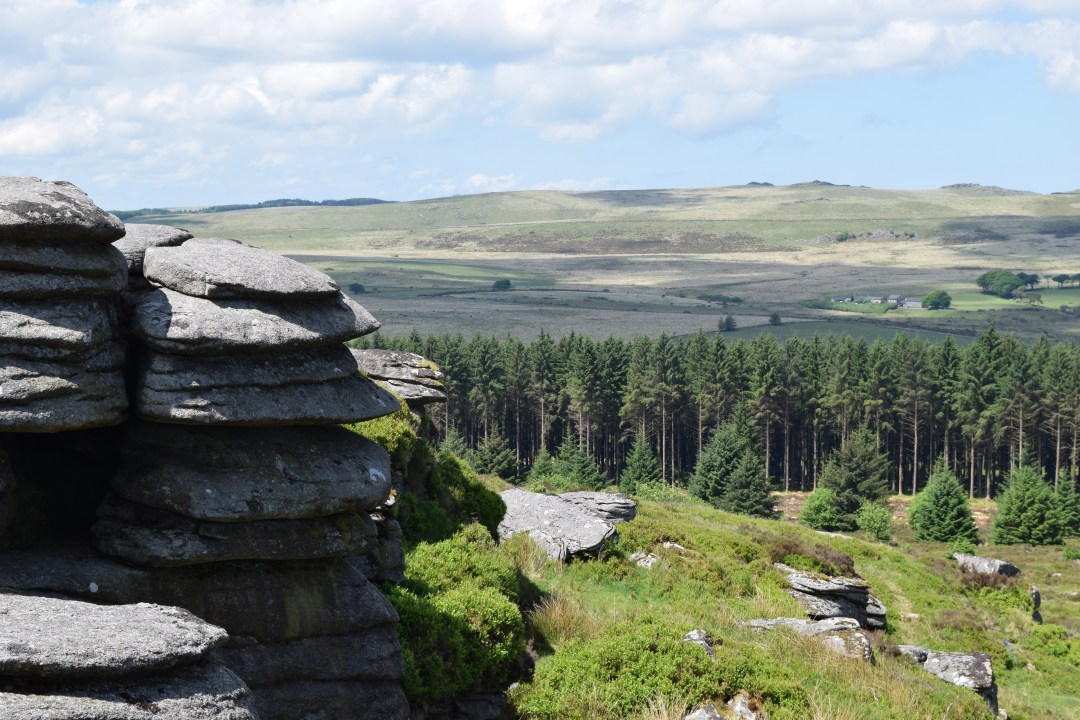Risk Assessments:
We know from speaking to teachers at all levels and across all types of schools that risk assessments can be a headache! We've been working with education providers to help simplify the risk assessment process, asking them to provide them when possible.
For those of you who have been tasked with booking an educational trip for first time, or those who want to branch out and try something new for their next visit or experience, we've put together TeachOut's Guide to Risk Assessments:



Why do I need to carry out a risk assessment?
School trips offer children a unique learning experience, where they are introduced to a number of different environments, scenarios and situations where they are able to use a combination of skills to gain new knowledge.
Exposure to new learning environments comes with an element of risk and as such, a formal assessment of each situation needs to be completed before a trip takes place. Children should be able to experience a wide range of activities, and health and safety measures should help them to do this safely, not stop them.
A very useful starting point is the Outdoor Education Advice Panel‘s National Guidance website, where teachers, EVCs and Heads can access a wide range of information and resources.
What IS a risk assessment?
A risk assessment is simply a careful examination of what has the potential to cause harm, so you can identify what needs to be done to prevent it. A thorough school visit risk assessment helps you to comply with health and safety law and ensures that your school activities are carefully planned and the risks adequately controlled.
Things you need to consider include: how many children will be present; the transport arrangements; the safety of the venue; and the activities the children will be doing.
Of course not all the risks can be eliminated completely, but a risk assessment helps you to ensure children aren’t unnecessarily exposed to things that could cause them harm and demonstrates that you’ve done all that you can to keep them safe.
The Health and Safety Executive advises that you take a common sense and proportionate approach to risk assessment.
TeachOut's Risk Assessment form
We've put together a generic Risk Assessment form, which we hope will help simplify the process for you.
Download or print our TeachOut risk assessment form



The Council for Learning Outside the Classroom Quality Badge is the only nationally recognised indicator of good quality educational provision AND effective risk management.
Schools choosing a provider who holds this badge can be assured of quality and safety across all sectors, from museums to farm visits and adventurous outdoor activities such as coasteering.
Use the keyword search ("LOtC") to discover providers recommended by fellow teachers who have this accreditation.
Risk Assessment Categories:
Category A: Activities where the risks are considered the same as in every day life, e.g. visits to the theatre or zoo, coastal and countryside walks.
Category B: Adventure activities in the UK, e.g. rock climbing, walking on moorland more than 30 minutes from a road/habitation, caving or kayaking.
Category C: The most demanding category. Includes visits abroad and all those activities that, if not school-led, would be in the scope of the Adventure Activities Licensing Regulations 1996*.
It also includes activities that fall outside the scope of licensing, such as motor sports, whose safe supervision requires that the leader should complete some prior competency test. Visits and activities overseas where there is concern or uncertainty about the health, safety or welfare of staff or pupils.
What are the legal requirements?
(Taken from the Department for Education's Health and Safety Advice)
The employer (the local authority, governing body or proprietor) is responsible for health and safety, though tasks may be delegated to staff. Employees also have a duty to look after their own and others’ health and safety.
It's very rare for school staff to be prosecuted under criminal law with regard to accidents involving children.
Employers, school staff and others also have a duty under the common law to take care of pupils in the same way that a prudent parent would do so. Most claims for negligence are brought against the employer (who has public liability insurance) and not individual members of staff.




